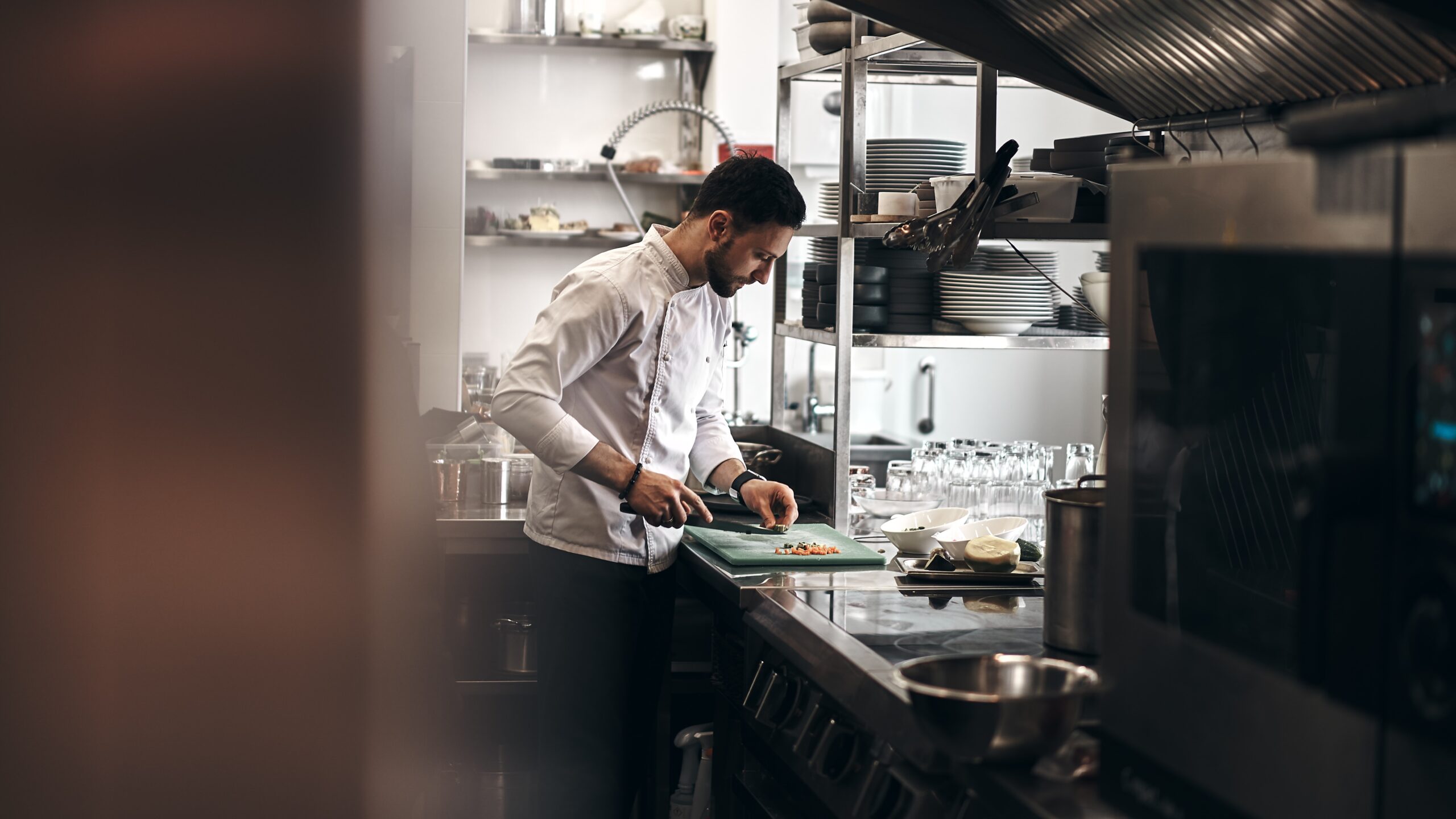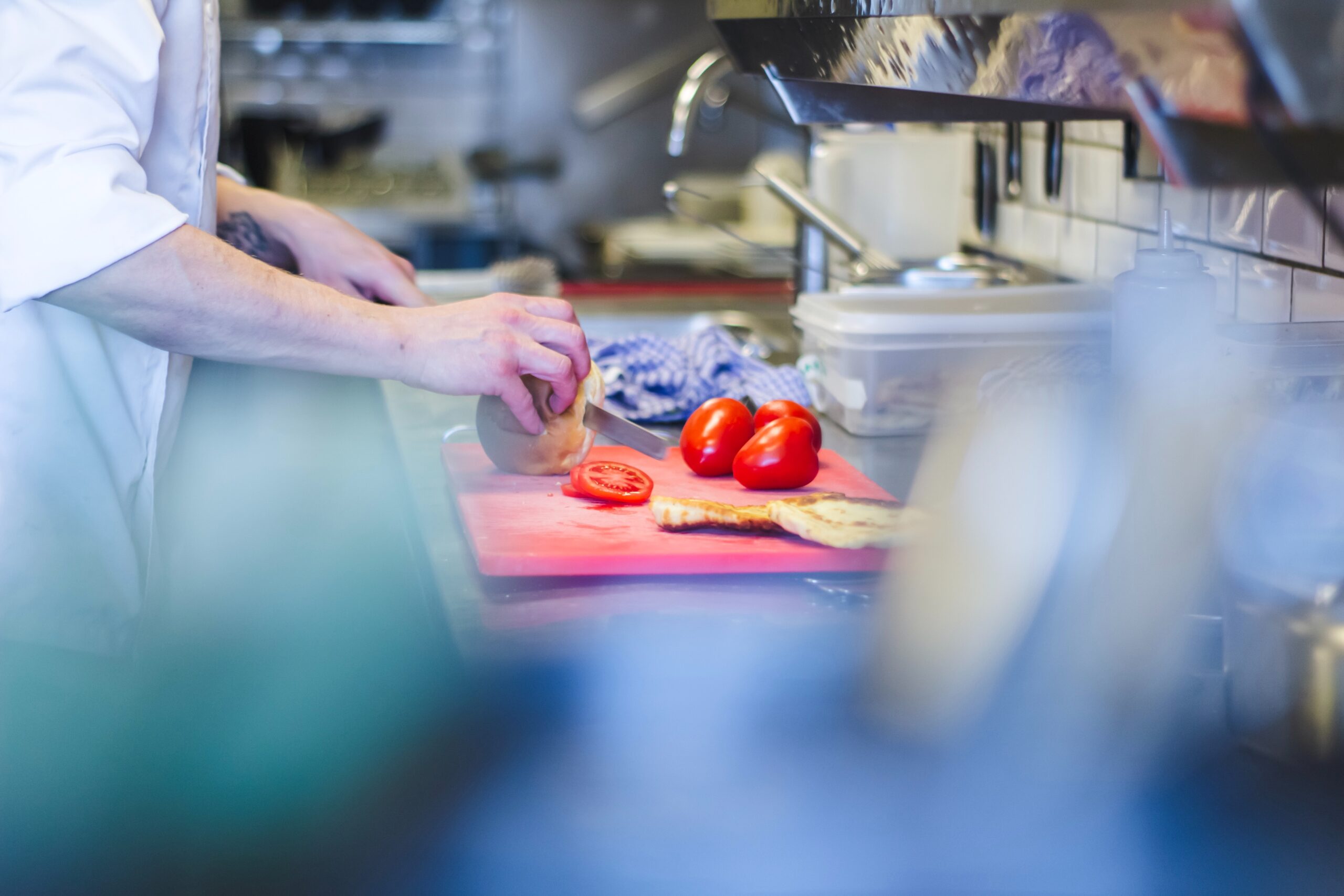Managing a bustling restaurant can be akin to conducting an intricate symphony. Every element from the front-of-house to the kitchen needs to function seamlessly to ensure customer satisfaction and operational efficiency. Streamlining operations is not just about working harder but working smarter, using the right tools and strategies to enhance performance. In this article, we’ll explore several techniques to optimize your restaurant’s day-to-day activities, creating a smooth-running establishment that excels in both service and cuisine. Keep reading to discover how to keep your restaurant running like a well-oiled machine.
Maximizing Kitchen Efficiency for Speedier Service
The heartbeat of any restaurant is its kitchen, and optimizing this space is key to timely service. First, the layout should be strategically designed to facilitate ease of movement and minimize bottlenecks. Every station in the kitchen should be set up with efficiency in mind, keeping tools and equipment within arm’s reach. Implementing batch cooking and prep during slower periods ensures readiness for peak times. This approach can help kitchen staff to focus on assembling and customizing dishes rather than starting from scratch with each order, increasing the speed of service.
Equipment choices, like an industrial food steamer, can drastically improve cooking times and food quality. Compared to traditional cooking methods that require multiple pots, pans, and burners, a steamer allows the simultaneous cooking of various dishes in a single unit. Moreover, the steaming process is gentle and quick, preserving the natural flavors, colors, and nutritional value of the food. This results in healthier meals that retain their texture and taste, satisfying customer expectations. By investing in high-quality, versatile kitchen appliances, restaurants can enhance their menu offerings and speed up preparation and cooking processes.
Leveraging Technology for Enhanced Customer Experience in Restaurants
Technology is transforming the restaurant experience for customers. A modern POS system enables faster and more accurate order processing, directly impacting customer wait times. Tablets for ordering reduce errors and allow guests to browse the menu at their own pace, contributing to customer satisfaction. Reservations and waitlist systems streamline the seating process, significantly reducing customer frustration during peak times. Digital systems allow patrons to reserve a table or join the waitlist remotely, minimizing physical queues and optimizing table turnover.
In terms of payment, mobile and contactless payment options cater to consumer preferences for convenience and speed. With customers increasingly looking for swift service, flexible payment methods can improve the dining experience and encourage repeat business. Customer relationship management (CRM) systems can also personalize the dining experience. Such systems track customer preferences and dining history, empowering restaurants to tailor offerings and promotions, thereby enhancing loyalty and boosting sales. CRM systems can serve as a competitive edge in a crowded marketplace.
Implementing Effective Staff Training Programs for Optimized Performance
Investing in staff training programs creates a knowledgeable and confident team capable of delivering exceptional service. Training should focus on job-specific skills and the philosophy of great customer service. Customers notice when staff members go the extra mile and are well-informed. Continuous learning opportunities, such as workshops on the latest culinary trends or customer service strategies, can keep the staff engaged and passionate about their roles.
Cross-training within different areas of the restaurant builds a versatile team that can step in when needed, reducing the impact of unexpected staff shortages. It also promotes a deeper understanding of the restaurant’s operations and fosters a team-centered approach to problem-solving. Performance reviews and feedback mechanisms allow staff members to grow and improve. Constructive feedback helps individuals learn from their experiences and work towards excelling in their positions. Celebrating successes, big or small, also boosts morale and encourages a culture of excellence.
As you can see, streamlining a busy restaurant requires a blend of efficient management, cutting-edge technology, optimized kitchen operations, dynamic front-of-house strategies, and comprehensive staff training. The food and service industry is ever-evolving, and staying ahead necessitates an adaptive and proactive approach. By focusing on these areas, restaurateurs can not only survive the hustle and bustle but thrive, delivering experiences that keep customers returning for years to come.

